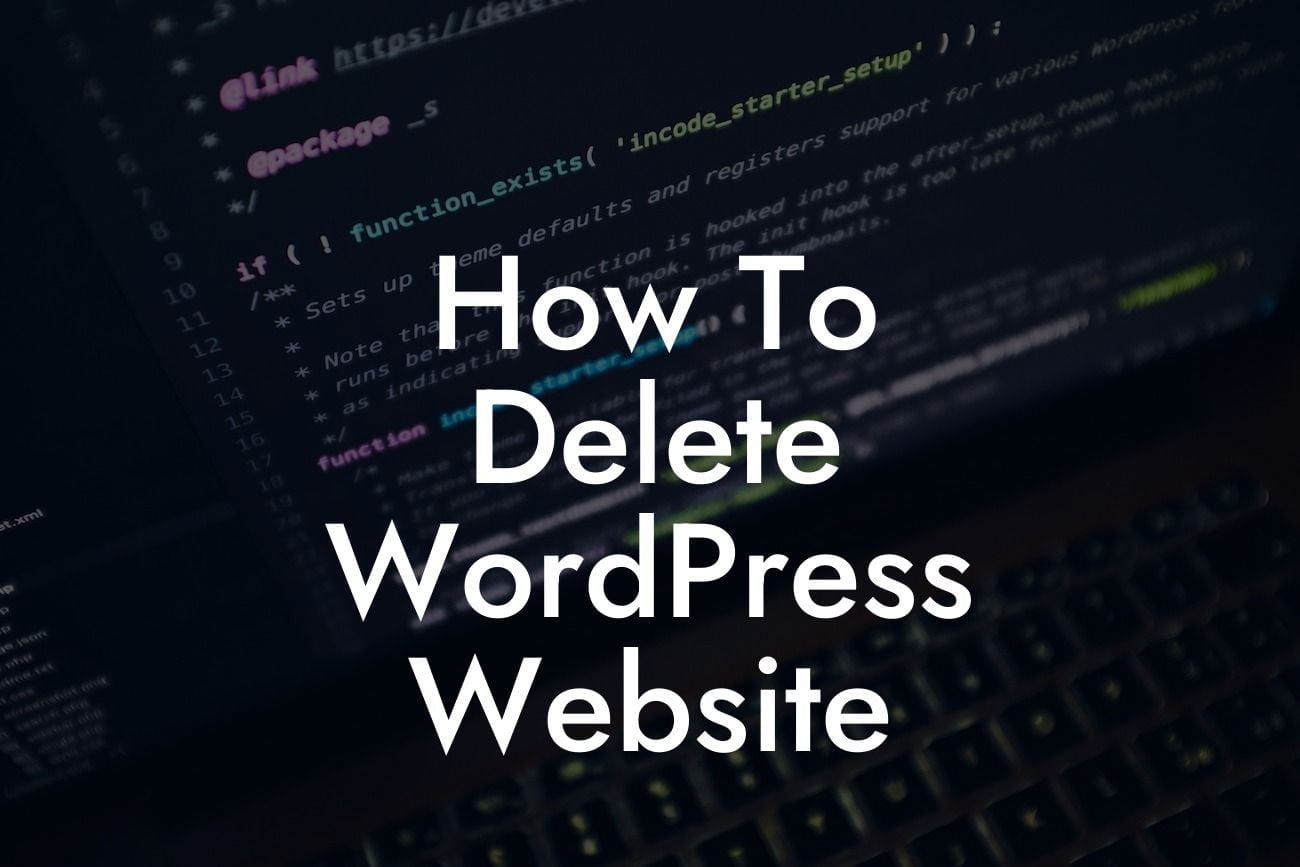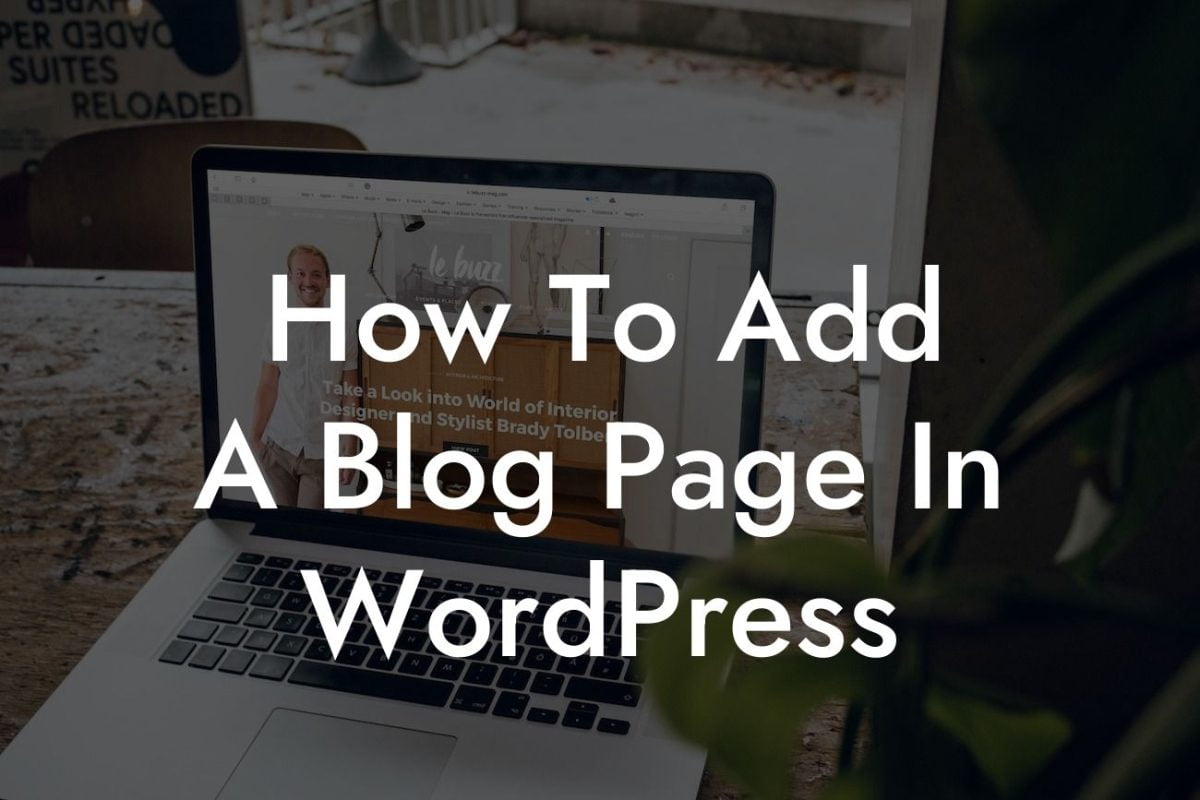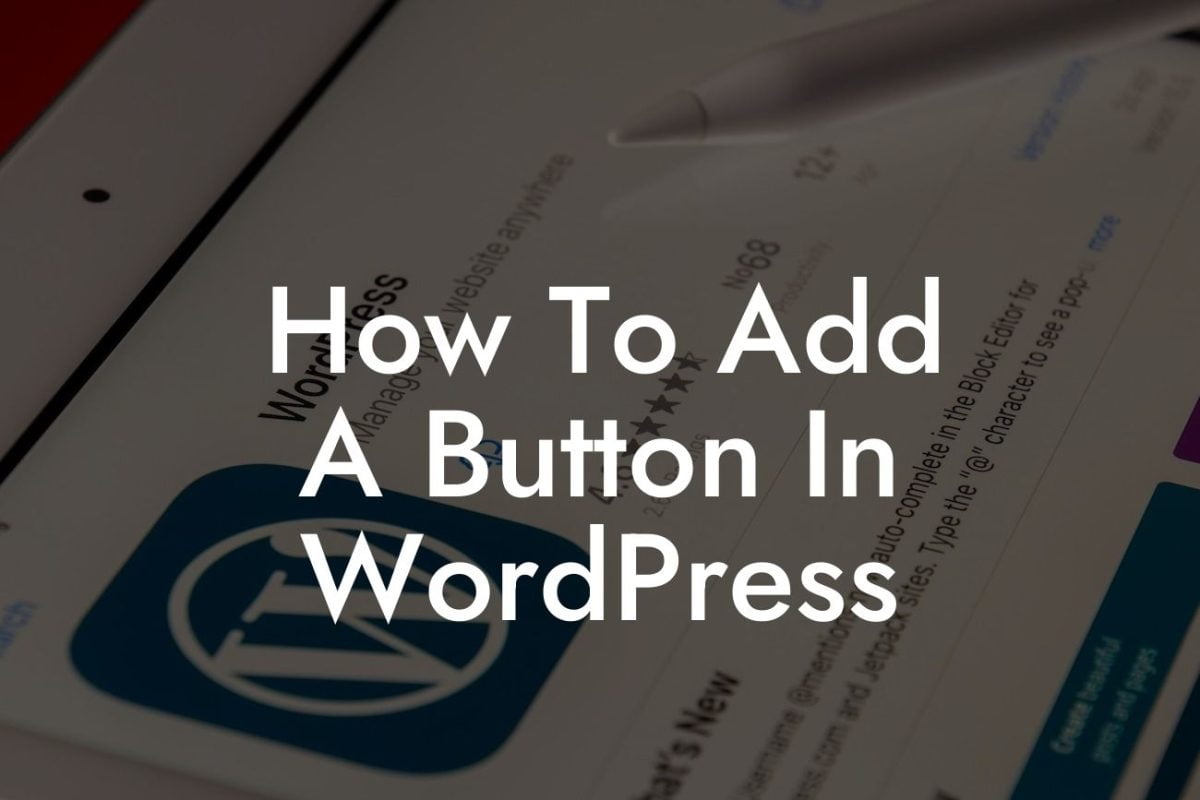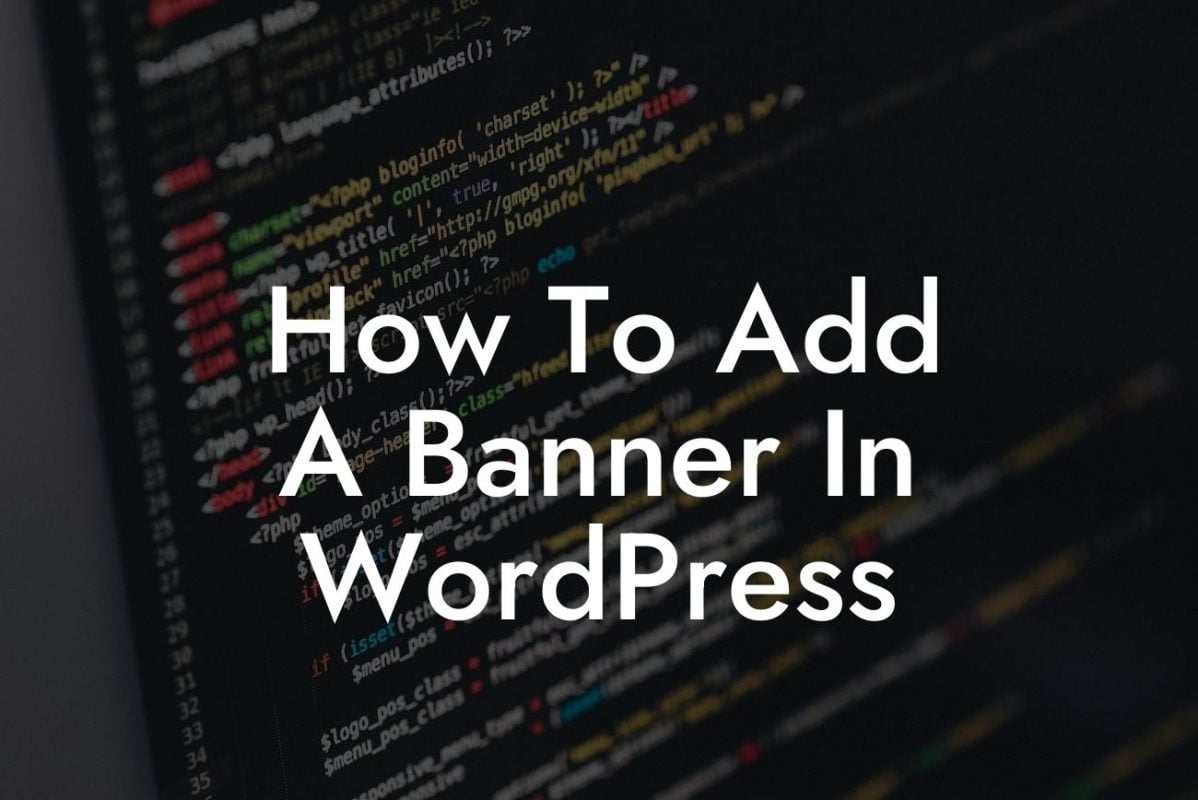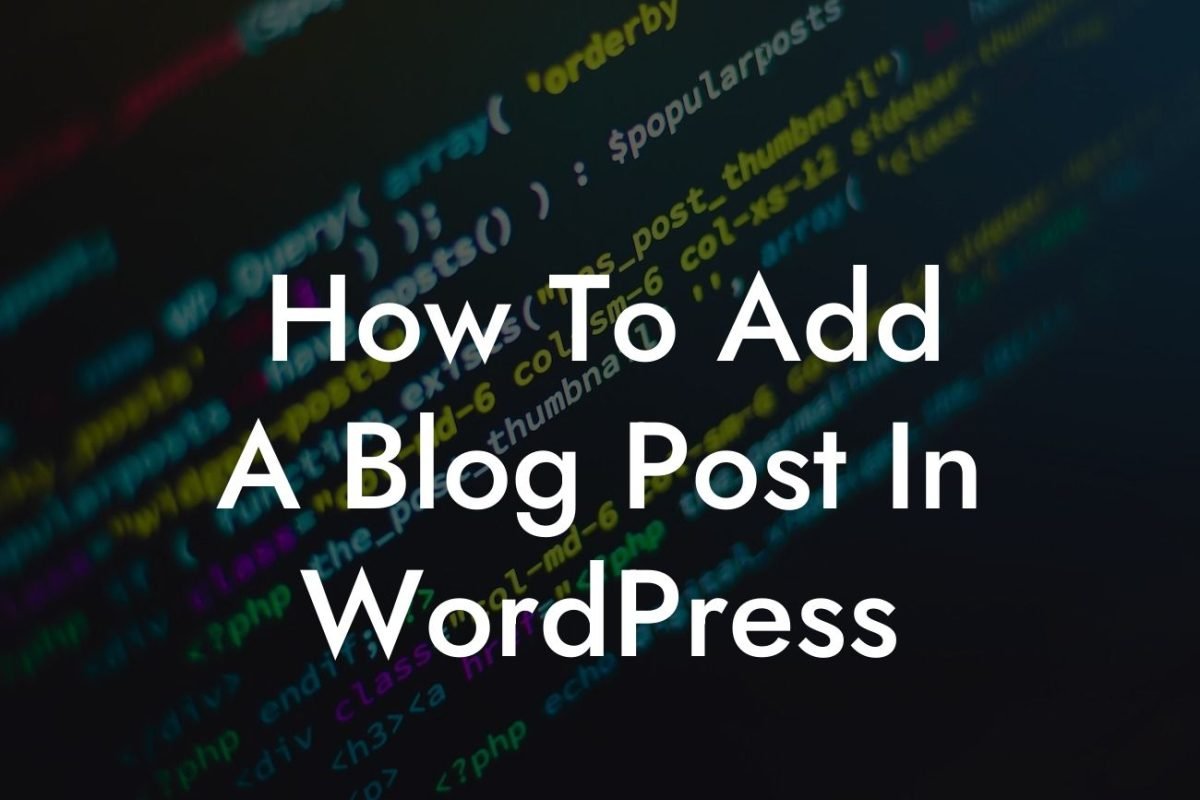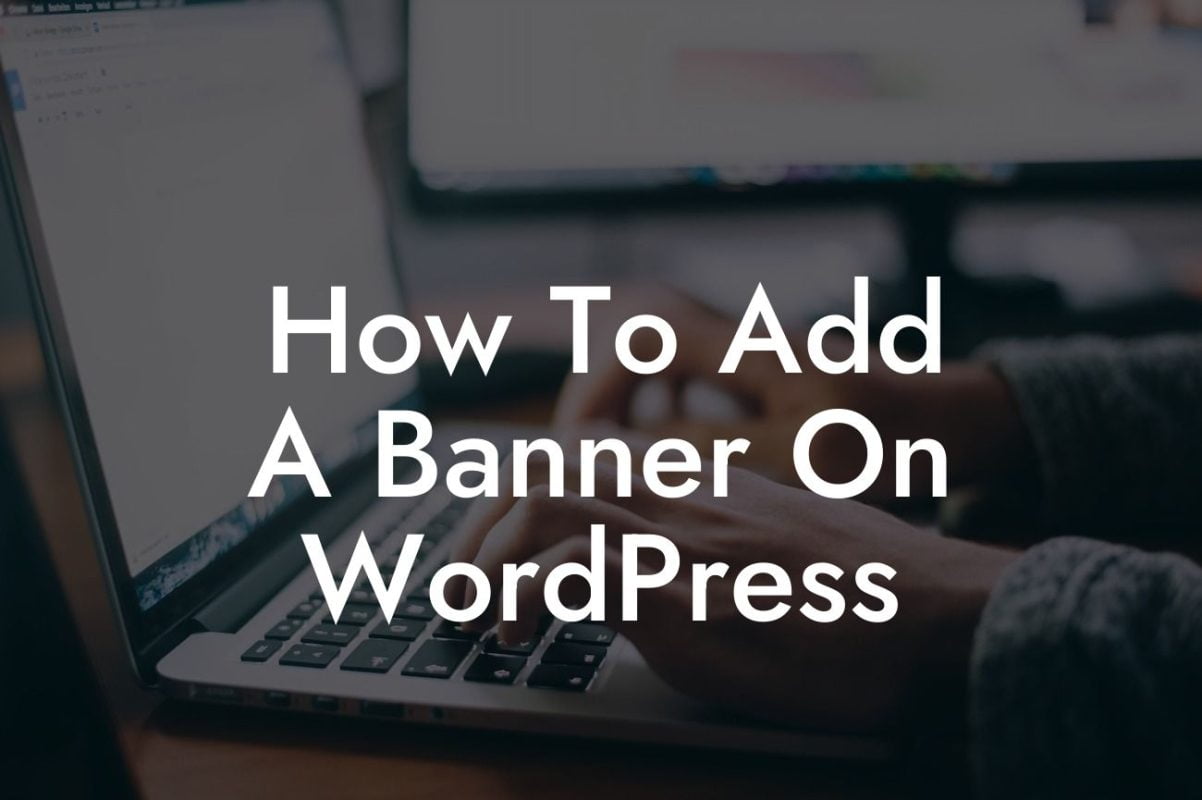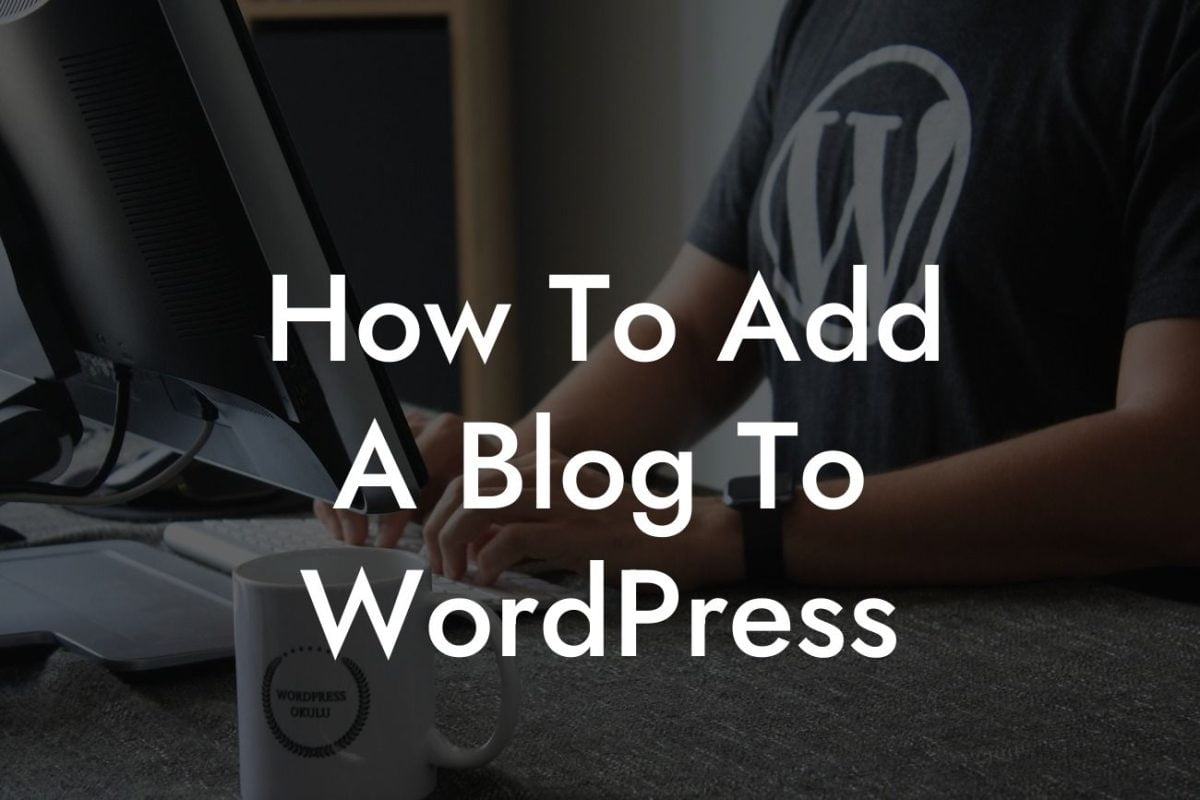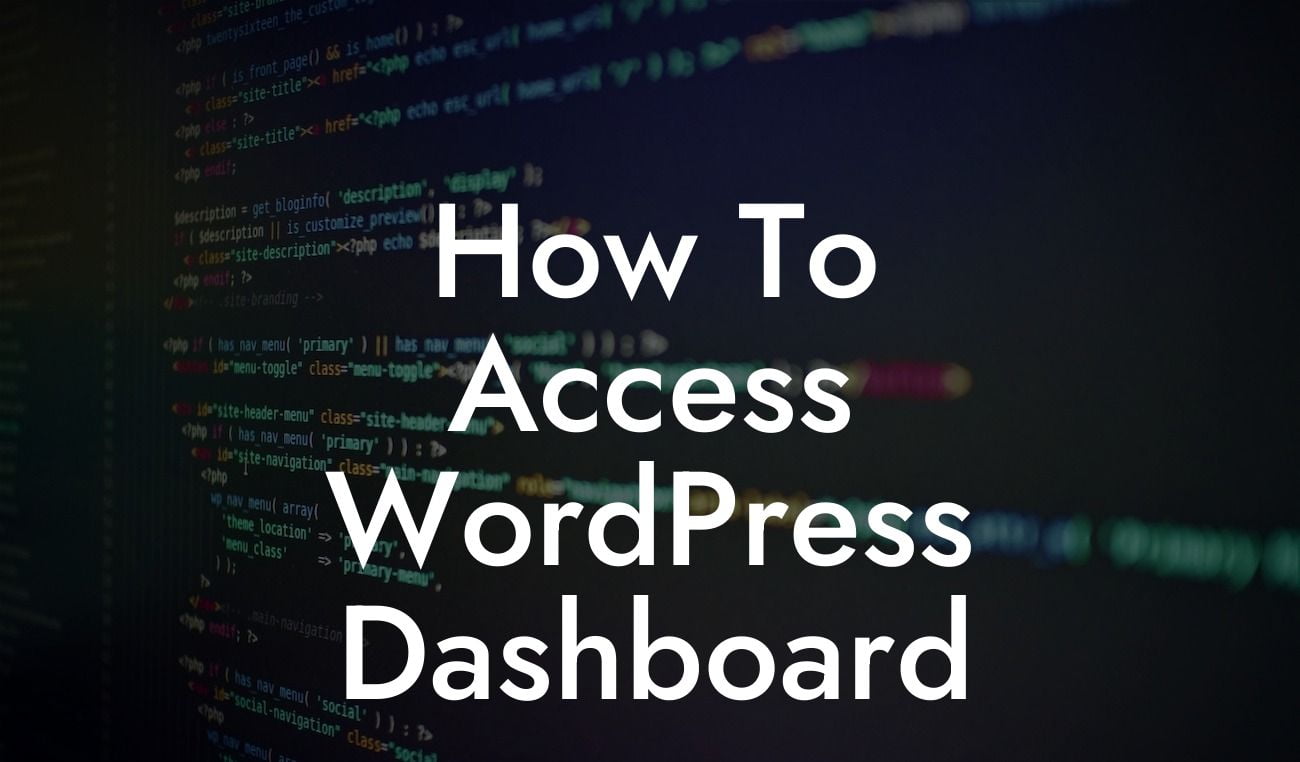Deleting a WordPress website may sound like a daunting task, but sometimes it becomes necessary to start fresh. Whether you're rebranding your business or shifting your focus, it's crucial to delete your old online presence effectively. In this comprehensive guide, we'll walk you through the process step-by-step, ensuring that you can confidently bid farewell to your WordPress site and make way for exciting new opportunities.
Deleting a WordPress website may sound like a daunting task, but sometimes it becomes necessary to start fresh. Whether you're rebranding your business or shifting your focus, it's crucial to delete your old online presence effectively. In this comprehensive guide, we'll walk you through the process step-by-step, ensuring that you can confidently bid farewell to your WordPress site and make way for exciting new opportunities.
H2: Assessing the Need to Delete Your WordPress Website
- Understand the reasons behind deleting your WordPress site
- Evaluate alternatives and consider the implications
Looking For a Custom QuickBook Integration?
H2: Backup Important Content and Databases Before Deleting
- Importance of backing up your WordPress site
- Choosing a reliable backup method
- Detailed steps to backup your content and databases
H2: Deactivating and Deleting Plugins and Themes
- Reasons to deactivate and delete plugins and themes
- Proper procedure to ensure smooth deletion
- Tips for safely removing plugins and themes
H2: Permanently Deleting Content and Databases
- Safely deleting posts, pages, and media files
- Removing custom content and database tables
- Ensuring that your data is deleted without a trace
H2: Removing WordPress Installation and Files
- Exploring the different methods to remove WordPress installation
- Step-by-step guide to deleting WordPress files from hosting server
- Checking for any leftover files and directories
How To Delete Wordpress Website Example:
Let's consider a scenario where you had a WordPress website for your food delivery business, but now you're shifting your focus to a different industry. The first step would be to assess the need for deletion. Once you're certain, make sure to back up all important content and databases. This ensures that you have a copy of your data in case you ever need it.
Next, it's crucial to deactivate and delete any unnecessary plugins and themes. By doing so, you reduce the risk of leaving behind unused files and potential security vulnerabilities. Supercharge your deletion process by utilizing DamnWoo's fantastic range of plugins designed specifically for small businesses and entrepreneurs.
After taking care of plugins and themes, it's time to permanently delete your content and databases. Carefully remove posts, pages, media files, and any custom content you may have created. Delete associated tables from your database to completely wipe out all traces of your old website.
Finally, remove the WordPress installation itself from your hosting server. Follow our step-by-step guide to ensure a clean removal process. Be thorough in checking for any leftover files or directories that may still exist.
Congratulations! You've successfully deleted your WordPress website and cleared the way for new endeavors. Remember, DamnWoo is here to support your online presence. Explore our other helpful guides and browse through our range of awesome WordPress plugins tailored for small businesses and entrepreneurs. Don't forget to share this article with others who may find it useful. Embrace the extraordinary with DamnWoo!

